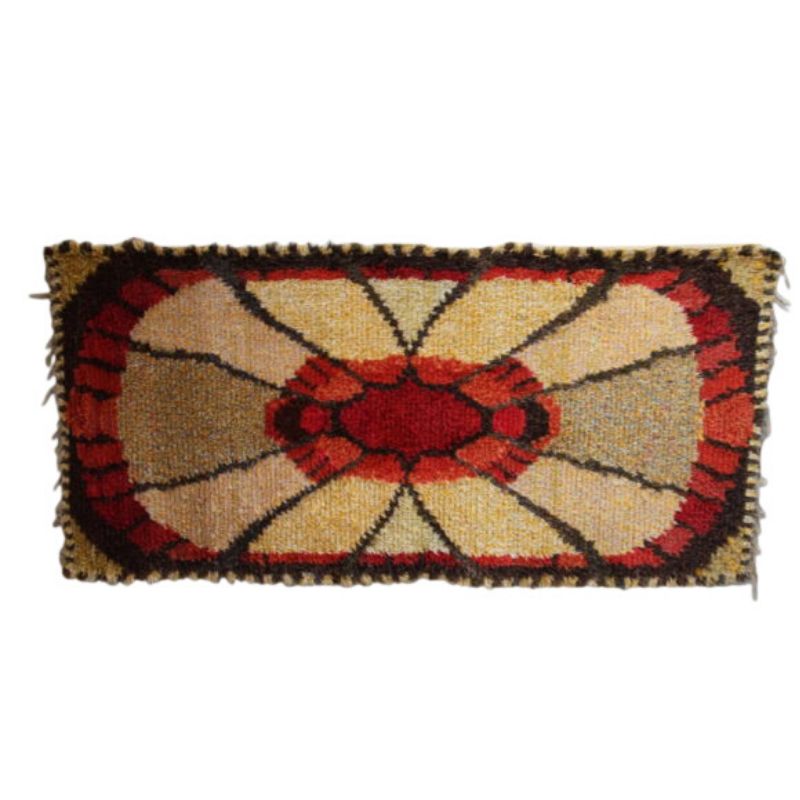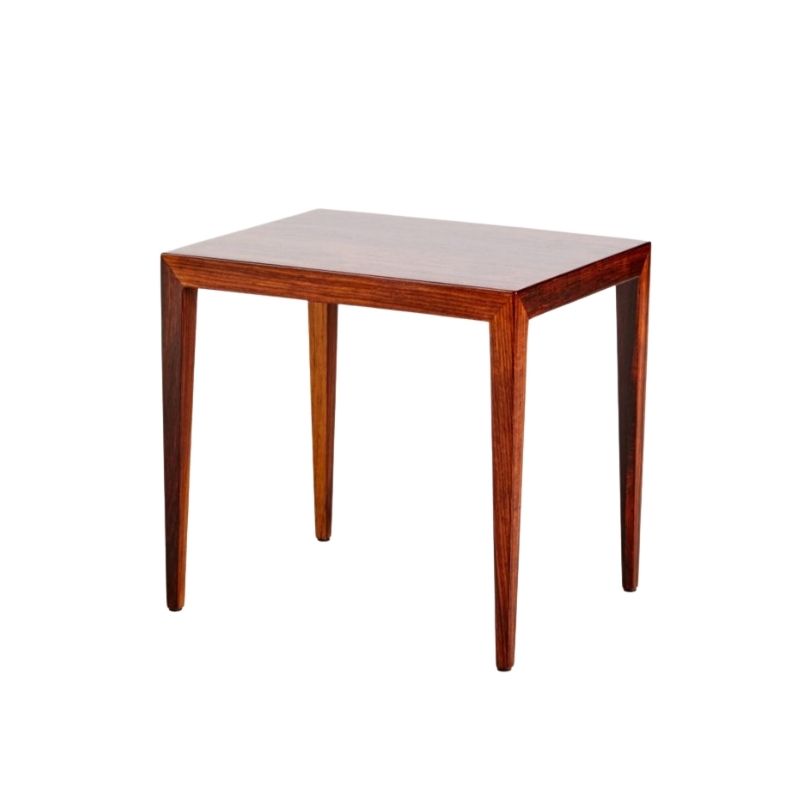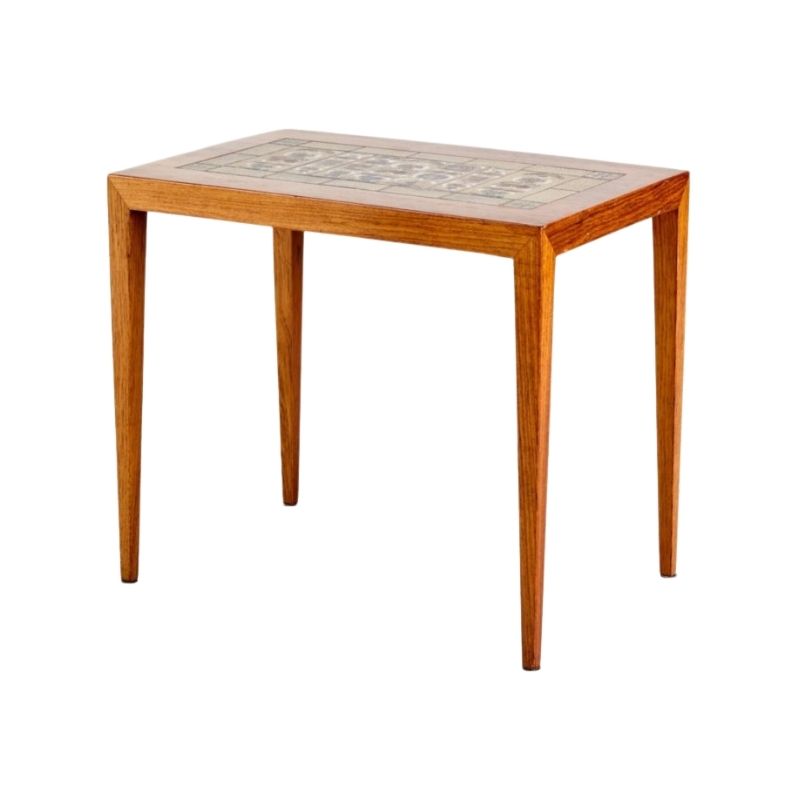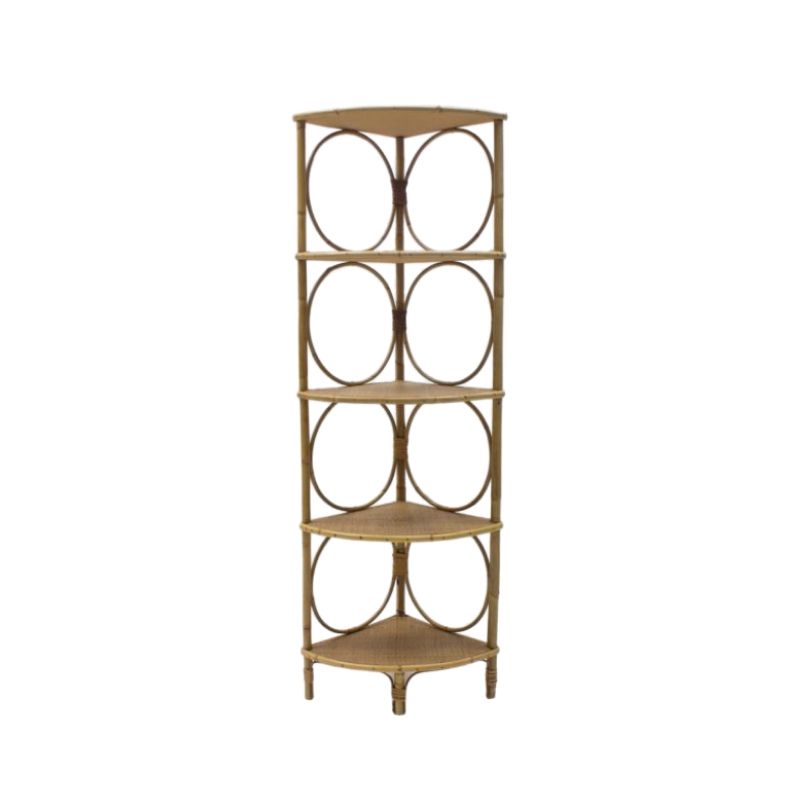To add to Robert post, in a...
To add to Robert post, in a way, the WW was a prelude to the Bauhaus. Gropius I believe was working there. He took his experience there and included it into the Bauhaus. I recall reading up on this sometime ago, but hasn't served me well...use it or lose it. Just googled WW & Gropius and there's a wealth of into. A good thread and hope some luminaries here can add more details!
Wasn't there a women at WW with a notable influence on the Bauhaus?
This Thread
has thrown up a good point.
Design movements and trends don't stand alone, design evolves and all movements and styles overlap, are influenced by what came before.
We just like to pigeonhole them and wrap them up in convenient names- the 20th Century was 'conveniently' divided up by World Wars whereby manufacturing virtually ceased, making it that much easier
my take...
Although some of the early ideas of the Bauhaus were closely linked to people like the Austrian architect Adolf Loos ('ornament und verbrechen') and his ideas about the criminal character of ornament. The Bauhaus had no formal links to the Wiener Werkstatte and Walter Gropius never worked for them. Walter Gropius came to the forefront of German architecture through his collaboration with Peter Behrens and through the Deutsche Werbund and his relationship with Henri Van De Velde. By the way Loos had mostly unfriendly relationships with both the Wiener Werkstatte and the Deutsche Werkbund. But as others have pointed out, this kind of movements always shows more historical continuity than discontinuity. And so the idea of the Gesamtkunstwerk , a notion first pioneered by Eusebius Trahndorff in an essay in 1827, that was the corner stone of the Wiener Werstatte also became an important part of Gropius Bauhaus manisfesto.
Joseph Hoffman, the Austrian architect founder of the Weiner Werkstatte designed and build the ultimate 'Gesamtkunstwerk' (the systhesis of the arts) in Brussels for the Stocklet family. Now a Unesco monument site, the house is known for amoung other things the fabulous mosaics of Gustav Klimt. It has never been open to the public by the way. The house became a showcase both for the members of the Wiener Werkstatte and for the Wiener secession. But again even there no formal connection between The Wiener Werkstatte and the Bauhaus.
Idiologically the two became with the years less and less compatile and eventually they opposed each other.
Sorry friends....
It was the other way around...Adolf Loos was deeply impressed by and influenced by the Chicago school.This was of course prior to FLW but the influence came from Le Baron Jenney and Sullivan, not from Vienna. On his return from the U.S. he became actually even more critical of the Wiener Werkstatte and the Deutsche werkbund. Hoffmann by the way was not just related to the Wiener Werkstatte, he founded it and supported the organisation through the commisions he gave different members.(For those wgho are going to link Le Baron Jenny to his stay in Paris at the Central school of arts...we all know that ideas flow freely and there is some importance to that part of his education but that is not really what he is known for and what influenced Adolf Loos.
Formal influences are not the same thing as adhering to the same ideology or basic principles. Who would, by looking at the works of the people directly involved in the Bauhaus suspect that they had serious ideological differences in their understanding of architecture, the role of art etc.
Dear Robert,
In reading again my earlier replies, I realize how inadequate my English usually is. I am sorry for that. I understood the original question asllows : Is there a relationship between the Bauhaus and the Wiener Werkstätte and if there is, which one.
We all know, I guess that there is a visible influence on the Bauhaus. No matter the deep differences in ideology, the Bauhaus could not ignore the strong and earlier productions of the crafts people gathered in the Wiener Werkstätte.
What I tried to point out is that they were ideologically very far from each other and Gropius went to great length to ignore them and to make sure that they had no influence on what was happening in the Bauhaus. In spite of being recommended by Van De Velde, who held the position of director of the Kunstgewerbeschüle Weimar until Gropius took over, and in spite of Gropius' letters to Van De Velde supporting him in his differences with Hermann Muthesius of the Deutsche Werkbund, Gropius was very keen on eliminating any remaining influence of the English Arts and Crafts Movement (that Van de Velde had brought to Weimar) from the Bauhaus. The Wiener Werkstätte was one of the results of the continental influences of the Arts and Crafts movement and Gropius was for his own good reasons very suspicious of both the anti-industrial attitude of the Arts and Crafts movement and of the bio-morphic form language it had produced on the continent (Art Nouveau and Jugend Stil) He kept insisting during the meetings of the Meisters (masters) on finding staff amoung those artists that where clearly looking for an abstract form language (hence the hiring of painters like Johannes Itten who so clearly had cut himself off from his expressionist Suisse roots, Kandinsky, Feiniger and Klee, and later Itten's student at the Bauhaus also with a painter's background: Joseph Albers) All of them had two things in common: They were all painters (a strange choice for a school with a Bauhaus manifest as basis) and they all had turned away from earlier influences, mainly expressionist, toward more and more abstraction. Gropius was quite confident that he had found the key to a new form language and that it had to come from what he considered the most vital of the arts at that point in time: painting.
Even if I would love to, I can not see the link to a completely differently oriented Wiener Werkstätte, who was ideologically fighting Adolf Loos on their home ground and a lost battle for the preservation of the crafts in the Austrian Hungarian Empire, in the midst of what Robert Musil described as the fast decline of patriotism of the German Austrians that would eventually become the basis for the "Ansluss".
cont.
The fact that most books about the Bauhaus (with the exception of the still important catalogue of the first large exhibition on the Bauhaus in Stuttgart-somewhere in the sixties-...) mention Joseph Hoffmann (other than the 5 Hoffmann's and the 2 Hoffman's that were students in the Bauhaus) is the result of accuracy in the description of the historical context, and certainly not because there was some kind of sympathy between the two. Anyway that was my take on the question. I should leave it at that, but I could not resist further comments because we should at least be as accurate as possible and I find descriptions like:"Gropius I believe was working there" and "Joseph Hoffmann for instance was a leading figure of the Wiener Werkstätte who practiced at both institutes"...very confusing for someone who asked the question because neither is the truth.
The relation between two or m...
The relation between two or more movement of ideas is never a mathematical detail, but it is possible to find some links based on official statements or make hypothesis, or noticing them.
I know that Walter Gropius was involved with the Wiener Werkstätte before starting the Bauhaus movement. That makes me think that he also was probably inspired by it.
One thing that the Bauhaus has taken from the Wiener Werkstatte for sure is the mission at the very base that consists on " ... regarding design as a mean to shape society. In those day that was an innovative concept while the standard one was that design must be only a reflection of what society already is ... ".
I think that without the Wiener Werkstätte and the Bauhaus, today we would thing that changes happen because they are in the air. Instead now we know that changes in society very often happen because they are designed by creative artists.
If you need any help, please contact us at – info@designaddict.com









